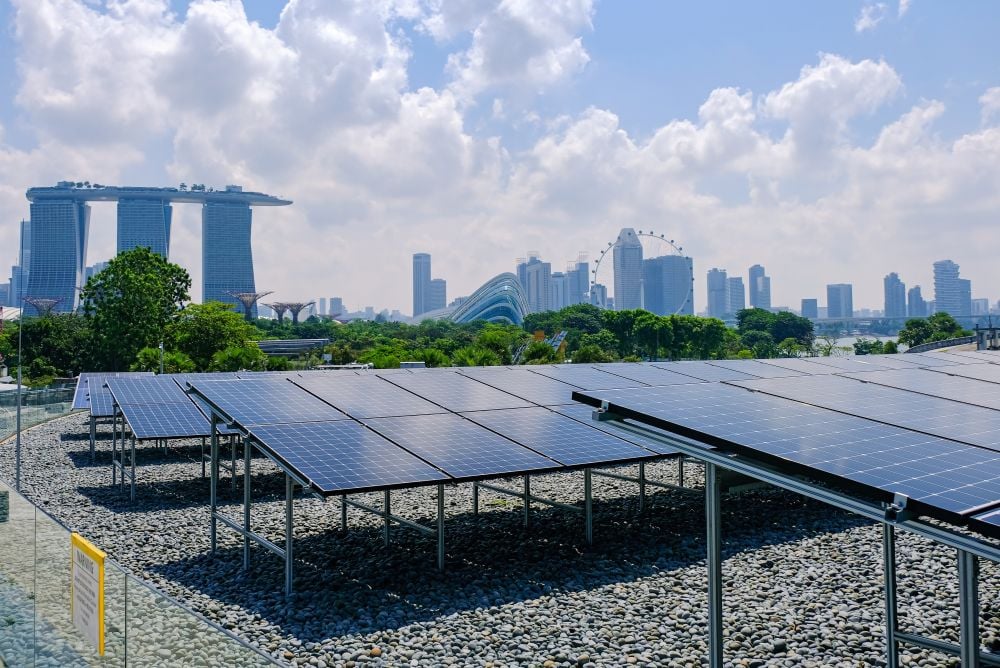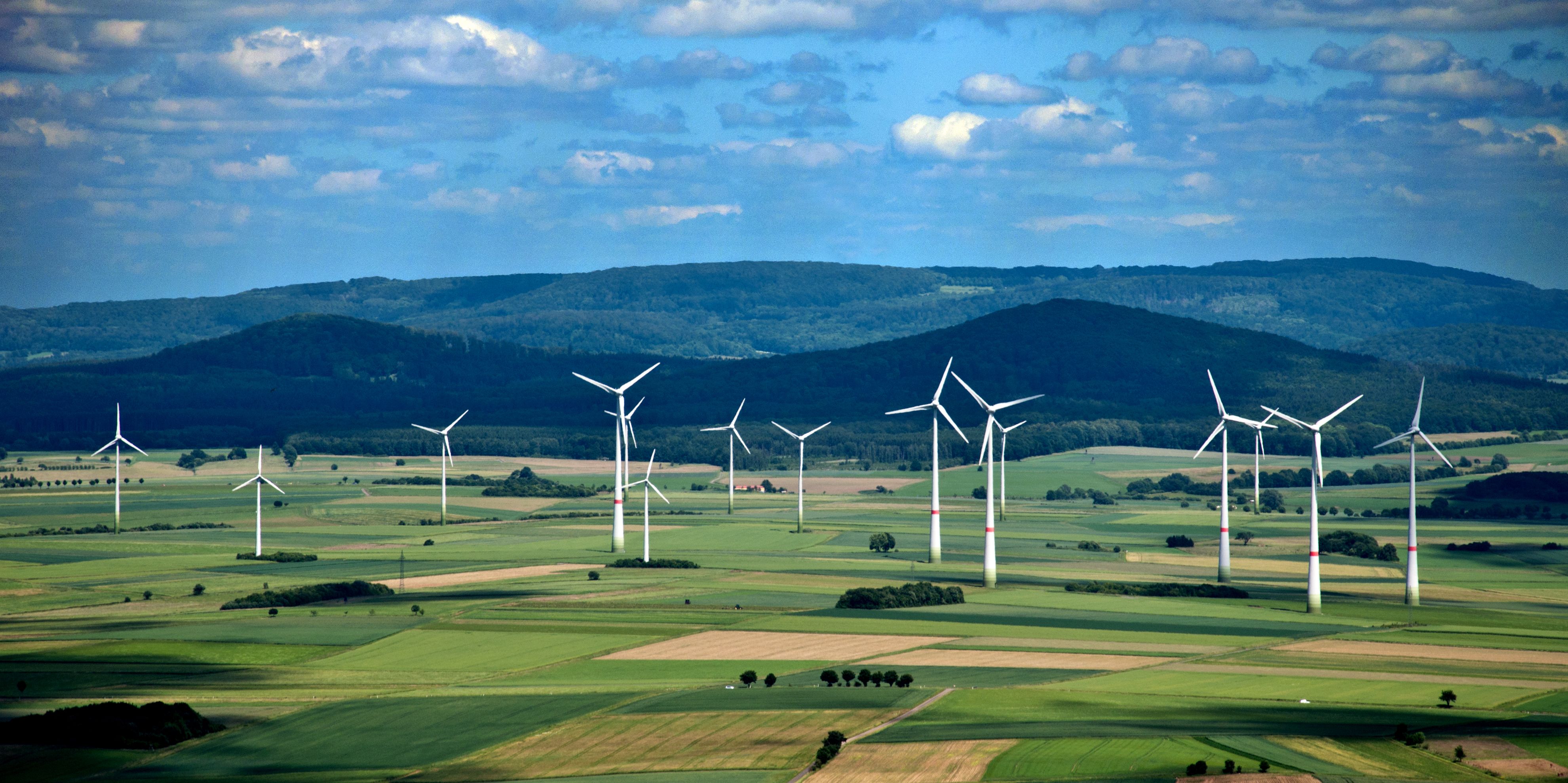Asia is on the cusp of what is called the Asian century despite the recent headwinds and slowdown in the economies across the region, DBS CEO Piyush Gupta told the plenary session of the Sibos conference in Singapore on October 12.
“The reality is the Asian story is alive and well. That may sound presumptuous as in recent times we’ve seen research reports discussing about not only of a China hard landing, but also a lost decade,” he says.
Gupta notes that the megatrend on which the Asian story in founded is inexorable. In the year 2000, Asia – East Asia, Southeast Asia and India – was just 40% of the US GDP. By year 2010, it was equivalent to between 70% and 80% of the US GDP. By year 2020, it is going to be 120% of the US GDP. “This kind of change from 40% to 120% of the US GDP is not a flash in the pan. It is one that is based on demographic growth.”
Despite only having a third of the land mass in the world, Asia boasts of 50% to 60% of the world’s population. People count for a lot and interestingly, this population has attractive demographic profile. The average age in Asia is 28 years old, while that in the US is 36 and in Europe is 39. “When you have large number of young people, that creates a dynamism and chemistry of its own,” Gupta says. “And this dynamism will continue to propel Asia from being what I called the factory of the world to increasingly being the marketplace of the world.”
He notes that consumption demand continues to grow in Asia. “Increasing affluence and the creation of wealth in Asia is all around us, so the principal megatrend is going to have a long-lasting consequence.”
The second big megatrend that emerged out of Asia relates to organization and infrastructure. Gupta says Asia is in the midst of a phenomenon similar to the creation of modern Europe post World War II, pointing to China where a lot of infrastructure projects have already put in place. But that is not the case in the rest of Asia, including Indonesia, the Philippines, Thailand and Vietnam. “Organization of infrastructure together will create a second big lever or driver of growth in this region,” Gupta adds. "Integration of Asia is another megatrend, although we’re not seeing an Asian union and it is unlikely that Asia will have one in the short order, notwithstanding the creation of an Asean Economic Community and other Asian platforms."
However, as Gupta notes, the reality is that Asia is developing rapidly. “The new multinationals (MNCs) in Asia are the Asian MNCs – the Chinese and Indian companies. The SMEs of Asia, which used to be part of the hub and spoke arrangements were no longer just that.”
Speaking of China, Gupta cites the concerns on this big market and a large part of those concerns tend to be either: (a) the Chinese economy is slowing down, and slowing down dramatically; (b) there is tremendous volatility in the market; and (c) China has a mountain load of debt and as a consequence, it is set up for a hard landing.
“Indeed, China is slowing down from double digit-growth rate to about 6% to 7% growth rate, but that is being achieved on a US$11 trillion economy,” Gupta explains. “China today puts another Germany on the map every four years. It used to be three-and-a-half years. Just think about that kind of growth – it’s quite extraordinary.”
This comes even as China’s industrial economy was slackening, but which has been offset by the continuous double-digit growth in the retail economy. “Think about what people want China to do. Five years ago, it has been said that China relied too much on exports and it needed to increase services and consumption. During this five-year period, the share of services in the economy has grown from about 43% to 44% to about 49%. The share of manufacturing in the system, on the other hand, has come off from the high of 48% to 49% to 44%.”
Gupta adds: “In some ways, China is going not only with the way the world wants China to do, but it is proceeding along the lines of what they’ve laid out – pushing consumption, pushing services and try to rebalance the economy. So some of the changes that we see is a reflection of that agenda. In the short term, it was a big challenge. But in the medium term, what China is doing is good not just for China, but good for the region and the world.”
On market volatility. China apart from the macro-economic changes, is also making another very fundamental and important shift, which is to move from an administered economy to a market-driven economy. Earlier this year, the People’s Bank of China (PBoC) has laid out a set of actions, including the opening of capital accounts, liberalizing the interest rate policy, getting more flexible on the exchange rate, and promising to do all those in the course of the year.
As Gupta says, the big challenge for China is that their process of allocating capital is flawed. ‘It is not that they’ve over-invested,” he explains. “Their capital labour and capital output ratios are just a fraction of those of the US. The problem is that capital goes to the wrong place and, therefore, there is need for deep capital markets and the need to liberalize the cost of money to make sure capital is allocated properly.”









